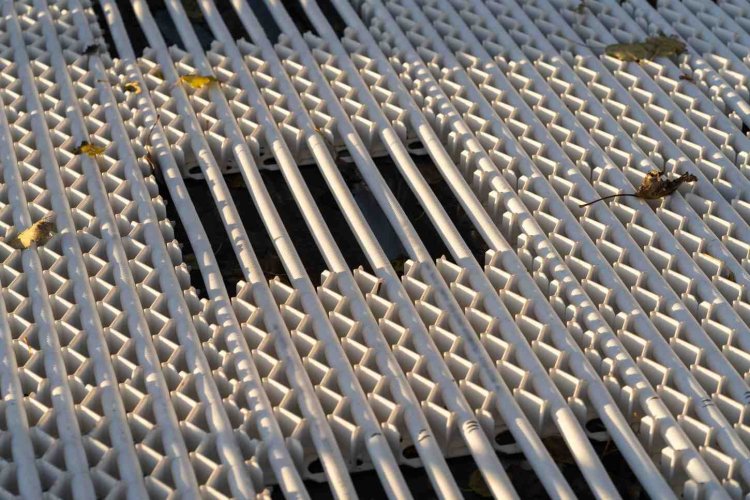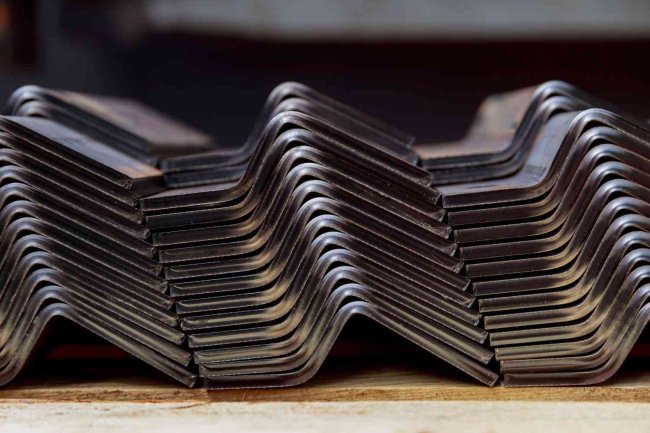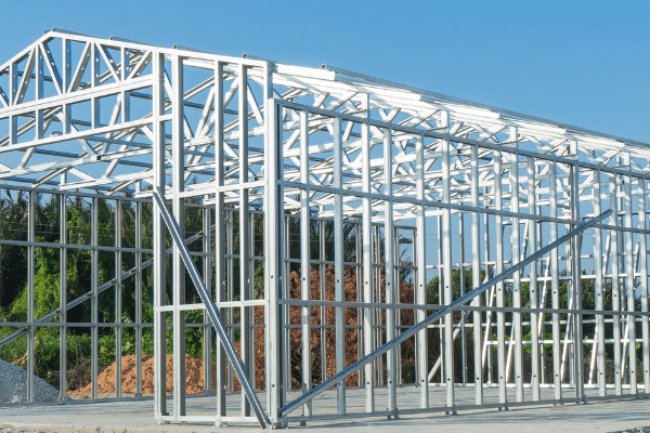Precision and Speed: The Rise of Light Gauge Steel in Modern Construction
The construction industry is undergoing a quiet revolution. Light Gauge Steel (LGS) framing is quickly changing the way buildings are designed and constructed, especially in modular and mid-rise projects. This evolution isn’t just a simple switch of materials—it’s a complete rethinking of the building process to deliver structures that are faster to build, stronger in performance, and more cost-effective than traditional methods.

Light Gauge Steel vs. Traditional Framing: Making the Right Choice
Comparing modern steel framing technology to traditional wood methods highlights performance, durability, and construction efficiency.
Traditional Wood Framing
Wood has served construction well for centuries, offering natural insulation and familiar installation processes. However, it faces challenges with moisture sensitivity, fire resistance, and dimensional consistency. Material costs can fluctuate significantly based on market conditions and lumber availability.
Light Gauge Steel
LGS delivers predictable performance with superior strength-to-weight ratios, non-combustible properties, and immunity to warping or rot. Its precision-manufactured components arrive ready for installation, dramatically reducing on-site cutting and waste while ensuring dimensional accuracy that wood simply can't match.
For developers, the decision often comes down to project scope, timeline, and long-term performance goals. While initial material costs may be comparable, LGS typically reduces labor hours and accelerates construction schedules — often by 30–40% compared to traditional methods.
The Modular Advantage: Where LGS Really Shines
Modular construction powered by Light Gauge Steel delivers unmatched precision, speed, and reliability—setting a new benchmark for modern building efficiency.
Factory Precision
Components manufactured in controlled environments ensure consistent quality and tight tolerances. Weather delays become irrelevant when 80% of construction happens indoors.
Accelerated Timelines
Simultaneous site prep and module fabrication cuts project duration dramatically. What took 18 months now takes 12, delivering faster occupancy and earlier revenue.
Engineering Accuracy
BIM integration with LGS fabrication creates near-perfect coordination between trades. Clashes are resolved digitally before the first beam is cut, eliminating costly field corrections.
Modular construction with LGS isn't just faster — it's fundamentally more predictable. Project managers appreciate the reduced risk profile, while owners value the certainty of delivery dates and budgets. This combination has made LGS the go-to choice for everything from multi-family housing to healthcare facilities.
In regions where the earth moves, building materials must move with it. Light Gauge Steel's inherent ductility and strength make it exceptionally well-suited for seismic design. Unlike brittle materials that crack under stress, properly engineered LGS systems can flex and absorb energy during seismic events.
Companies like Consac leverage advanced BIM and structural analysis software to model seismic performance before construction begins. This digital-first approach identifies potential vulnerabilities and optimizes designs for maximum resilience — giving building owners and occupants genuine peace of mind in earthquake-prone regions.
Engineering for the Unpredictable: LGS in Seismic Zones
The Economics of Light Gauge Steel for Mid-Rise Development
25% Labor Reduction
Prefabrication and simplified assembly processes reduce the number of workers needed on-site.
40% Waste Decrease
Precision manufacturing minimizes material waste compared to traditional stick-built construction methods.
30% Faster Completion
Mid-rise projects see significant time savings through parallel construction activities and faster on-site installation.
Why Mid-Rise Buildings Love LGS
Buildings in the 4–8 story range are the ideal match for Light Gauge Steel framing. At this scale, LGS offers the best balance between performance and cost-efficiency without the need for the heavy structural systems used in high-rises.
Its high strength allows for wider spans and more open floor plans, while its lighter weight reduces foundation demands—a major cost advantage, especially in areas with difficult soil conditions.
LGS also offers remarkable design versatility. It supports a wide range of architectural styles—from classic facades to sleek, modern glass curtain walls—allowing developers to meet market preferences without compromising on efficiency, speed, or structural integrity.
Beyond Steel: Integrating Wood Detailing in Hybrid Systems
Modern construction is increasingly adopting hybrid systems that combine the structural strength and precision of steel with the natural warmth and sustainability of wood. Advanced wood detailing techniques now make it possible to create complex joints and connections that merge traditional craftsmanship with modern engineering accuracy.
Precision Joinery
CAD-driven CNC fabrication creates wood connections with tolerances once impossible by hand, ensuring perfect fit-up between timber and steel elements.
BIM Coordination
Digital modeling identifies clashes between wood, steel, and MEP systems before fabrication, streamlining installation and reducing costly field modifications.
Heritage Integration
Restoration projects use detailed wood documentation to preserve historic character while reinforcing structures with discreet steel supports.
Concrete Still Matters: Choosing the Right Structural System
The Future is Integrated: Digital Detailing Drives Performance
Digital Design
BIM models capture every connection, material interface, and performance requirement in a fully coordinated 3D environment.
Automated Fabrication
CNC equipment converts these digital models directly into precisely manufactured components.
Streamlined Assembly
Pre-coordinated elements arrive ready for installation, reducing field labor and speeding up construction timelines.
Whether working with light gauge steel, wood, or concrete, the real competitive advantage today comes from integrating digital detailing throughout the design-to-fabrication workflow. Precision engineering, coordinated modeling, and manufacturing integration turn construction from a craft-based process into a data-driven industry.
The rise of Light Gauge Steel is more than just a material choice—it represents a fundamental shift toward methods that prioritize speed, accuracy, and predictability. As projects become more complex and timelines tighter, the firms that master these integrated approaches will shape the future of the built environment.
What's Your Reaction?
















